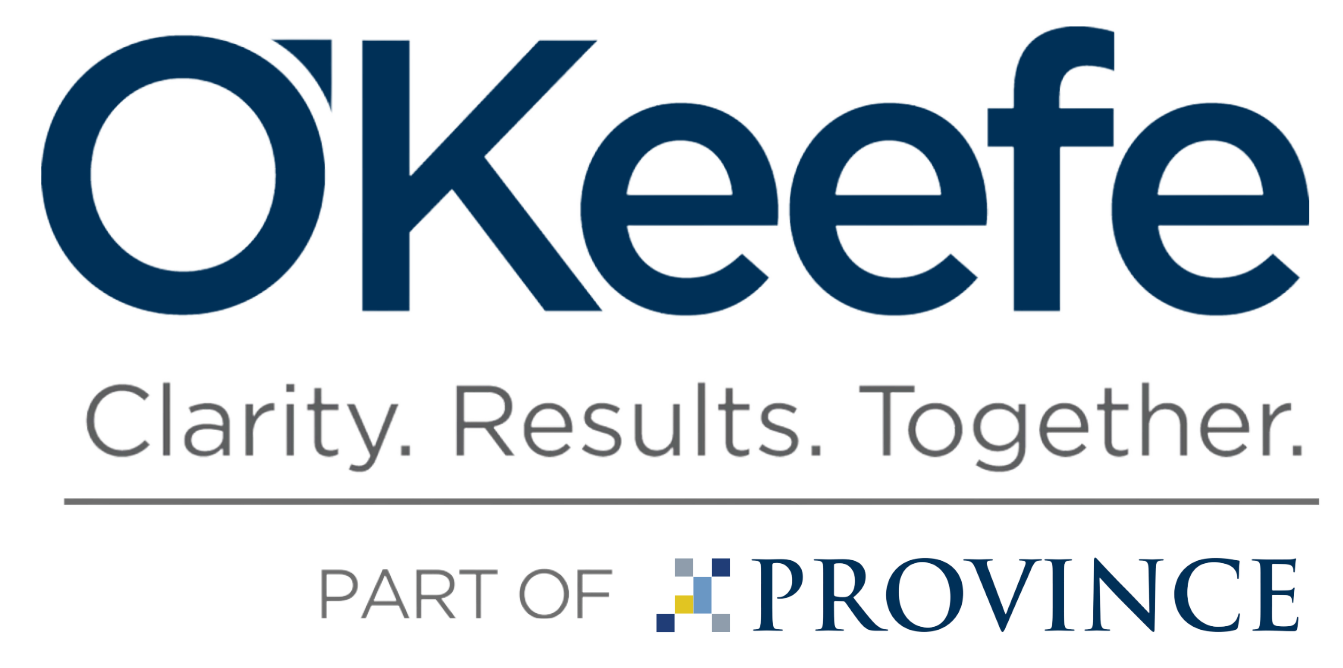Driving Data: From Horsepower to Connectivity
The automotive industry is in the midst of a transformation unlike any experienced in the past. While it used to be that “horsepower” was most important to car buyers, nowadays it’s all about “connectivity.” As consumers are expecting their vehicles to perform tasks similar to computers and smartphones, the integration of connectivity solutions in the vehicle has become a disruptor for original equipment manufacturers (OEMs). Finding the right business model for connected services is a challenge for today’s OEMs given the increased technological advancements in autonomous and electric vehicles and new legislation in the areas of safety regulations, cyber security and data privacy. However, the integration of connectivity solutions also provides great opportunity for OEMs to monetize the data it generates.
As the amount of software innovation in vehicles has escalated to manage performance, fuel efficiency, and emissions, so has the amount of data vehicles can capture. OEMs can potentially realize enormous benefits from real-time assessment of vehicle parts which are likely to fail and when. For example, Tesla’s electric vehicle lineup can now self-identify maintenance needs and preorder parts to fix them.¹
This real-time data from vehicle sensors can help OEMs and dealers become more efficient with parts inventory management and labor utilization. In addition, OEMs can utilize such data in predictive modeling to better manage potential warranty and recall issues and thereby minimize cost.
Currently, certain auto insurance companies use tracking devices on vehicles to monitor driving behaviors of customers in order to assess risk and price premiums. Tesla recently announced that it too will collect data on owners’ driving patterns to price its own insurance products this year.² But Tesla is not alone in its quest to collect and subsequently monetize car data. Jaguar Land Rover recently announced a new program that allows drivers to make money in the form of cryptocurrencies by enabling automatic data reporting in their vehicles.³ And last year, GM launched a feature that detects when a car’s fuel tank is low and directs drivers to a nearby gas station, where they’ll get a discount on fuel. Gas station chains then pay GM a fee for steering customers their way. Ford recently launched a new service that contracts with companies and municipalities to gather data generated by vehicles used in fleets, such as police cars and delivery vans. The service can track miles traveled and fuel consumption, as well as monitoring driver behavior, such as speeding or seat belt use. The auto maker then sells the data and analytics to the fleet operators as a service.⁴
Beyond the functions of the vehicle itself, companies have begun implementing data collection of biometrics, such as health monitoring for driver monitoring systems. New sensors can allow vehicles to monitor key attributes of their occupants, including stress levels, heart rhythms, alcohol consumption, and fatigue. Monetizing such data may prove difficult if consumers do not buy into the collection of biometric data, however it is likely that future automotive innovations will present similar trade-offs, where drivers will be required to relinquish some privacy for greater safety.
It has been estimated that monetizing data from connected cars will be worth up to $750 billion by 2030 as more cars are shipped with pre-installed modems and other internet-connected devices. However, monetizing this abundance of operational and behavioral data will have its share of challenges. Automakers will continue evolving to look more like tech companies, with large inhouse data analytics teams used to assess the huge stores of data collected from cars. In addition, automakers will need to build extensive partner networks with cloud providers and data analytics firms in order to maximize the opportunity to monetize car data. Changing consumer demand and data ownership and privacy concerns will also pose challenges for OEMs. Connected car technology will continue to disrupt the auto industry as OEMs and the supply base will need to adjust and adapt in an everchanging environment.
¹https://www.businessinsider.com/tesla-adding-datadriven-offerings-2019-5
²https://www.reuters.com/article/us-tesla-markel-insuranceidUSKCN1VQ0FY
³https://www.reuters.com/article/us-crypto-currencies-jaguar/jaguar-land-roverplanning-to-allow-helpful-car-drivers-to-earncryptocurrency-idUSKCN1S40UD
⁴https://www.wsj.com/articles/what-your-car-knows-aboutyou-1534564861


